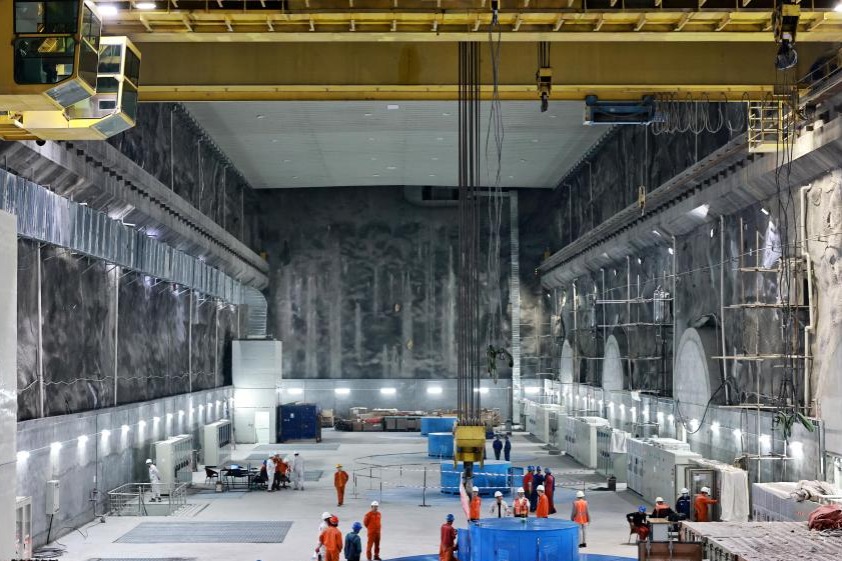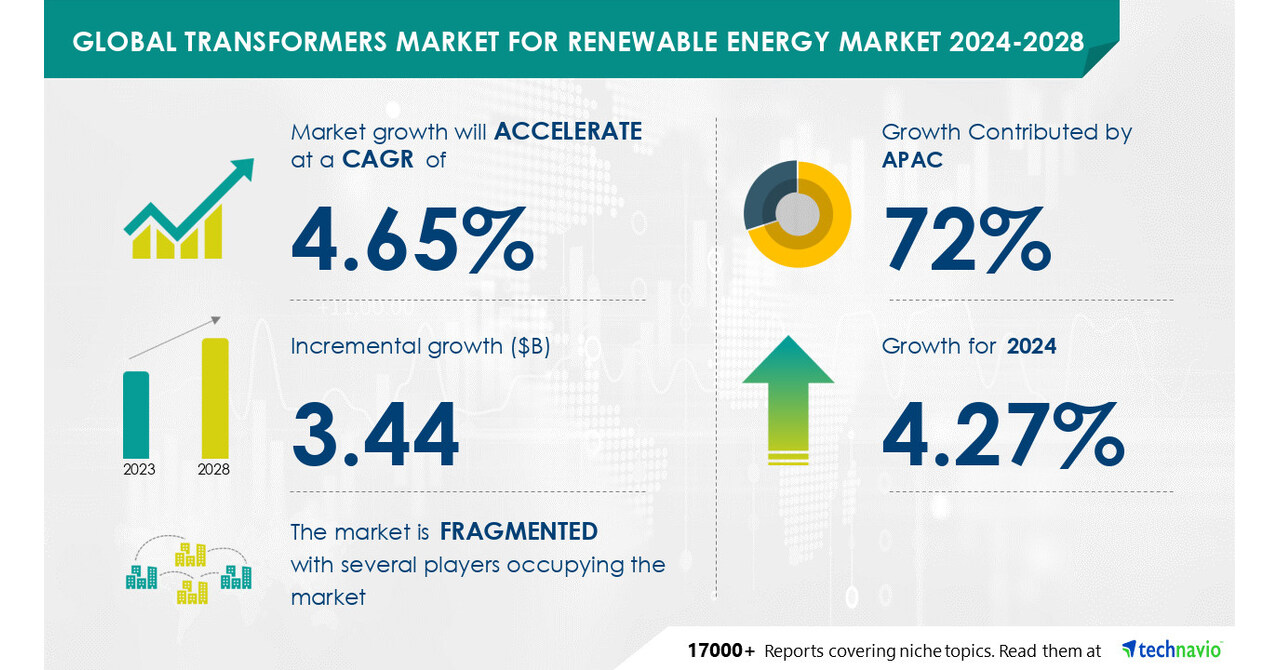China’s Renewable Energy Influence
China, a global leader in renewable energy, is reshaping the energy landscape of developing nations. Pakistan, a key beneficiary of China’s green expertise, is making significant strides toward sustainability under the China-Pakistan Economic Corridor (CPEC) framework.
China’s Green Energy Leadership
China’s transformation into a renewable energy powerhouse is driven by strategic policies and significant investments. Over the past decade, China has become the world’s largest producer of solar panels, wind turbines, and batteries, vital components for the global renewable energy sector. By 2030, China aims to increase its non-fossil fuel consumption to 25%, according to the National Development and Reform Commission. This goal will not only reduce global solar and wind energy costs but also position China as a leading exporter of green technology.
CPEC: A Conduit for Green Technology
The CPEC, a cornerstone of the Belt and Road Initiative, has shifted its focus from addressing Pakistan’s energy shortages to prioritizing renewable energy projects. This shift aligns with global environmental concerns and Pakistan’s own renewable energy ambitions. The Quaid-e-Azam Solar Park in Punjab, one of the world’s largest solar farms, exemplifies this transition. Additionally, wind energy projects in Sindh and hydroelectric projects in northern Pakistan are diversifying the country’s energy matrix.
Economic and Environmental Benefits
These green projects promise numerous economic benefits. They aim to resolve Pakistan’s power shortages, thereby boosting industrial productivity and economic stability. Moreover, the shift to renewable energy is expected to reduce Pakistan’s carbon footprint, aligning with global climate commitments and unlocking international climate finance. Strategically, these projects deepen Sino-Pakistani ties, providing technological aid and building local capacity in renewable energy sectors. This technology transfer is crucial for Pakistan’s long-term economic and environmental sustainability.
Challenges and Future Prospects
Despite significant advancements, challenges remain. Integrating renewable energy into Pakistan’s national grid and managing intermittency are substantial hurdles. Additionally, funding these ambitious projects requires careful planning. For China, balancing its domestic environmental goals with global economic interests is a delicate task. The collaboration under CPEC offers Pakistan a unique opportunity to transform its energy sector and catalyze broader socioeconomic benefits. As both nations navigate the complexities of their partnership, their focus on sustainability serves as a model for other countries in the Global South.
The green energy initiatives under the CPEC framework are more than infrastructure projects; they are a testament to the robust partnership between Pakistan and China. This evolving collaboration underscores the pivotal role of international cooperation in achieving large-scale environmental and economic transformation. The success of these projects will redefine Pakistan’s energy landscape and solidify China’s status as a leader in the global green transition, charting a sustainable path for other developing nations.
Source:usa.chinadaily.com.cn





